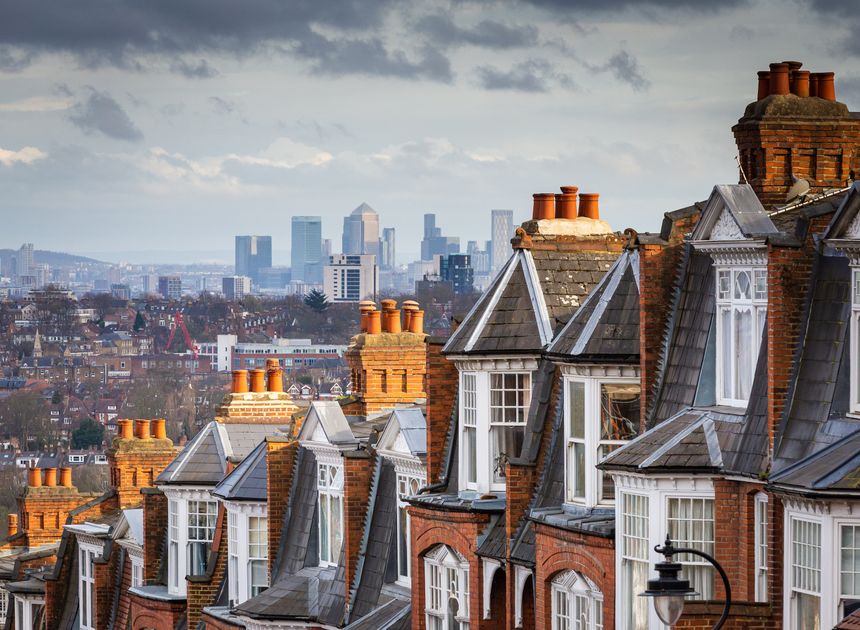In November 2022 the Government launched a new consultation on the proposed Building Safety Levy (the "Levy") which ran until 7 February 2023. The Levy is intended to raise funds to remediate defective buildings and in turn reduce the burden on leaseholders and the taxpayer. Our summary of the issues that were considered under the consultation are summarised here. The results of this consultation have now been published and provide further details on how the Levy will work in practice. The following proposals remain subject to parliamentary approval.
Building Safety Levy proposals:
- Single payment point – the Levy will be payable in one tranche to keep the process as simple and as transparent as possible for both developers as the collecting authorities. The consultation proposes that developers should have some flexibility as to when payment of the Levy is made, provided it is ahead of final building control sign off.
- Consequences of non-payment – if the Levy is not paid then final building control certificates will not be issued. This is a significant sanction for developers who will not be able to sell their newly-built homes and realise profit without final building control sign off.
- Calculation of the Levy – the Levy will be charged on a square metre basis; the rationale being that this way of calculating the Levy is more reflective of the value of a development. In addition, as the square metre area of a development is already calculated as part of the administration of the Community Infrastructure Levy ("CIL"), the Government considers it will be less of an administrative burden on the local authorities calculating the amount payable. This of course does not account for those local authorities who do not currently collect CIL; further consideration by the Government is required to establish how to reduce the burden on those authorities.
- Exemptions – there will be exemptions for some types of development, the key ones being: affordable housing, non-social homes built by a not-for-profit registered provider, small developments of fewer than 10 units and other developments which provide community facilities. The Government is proposing to target large developers and intends to provide protections for small-to-medium developers and businesses.
- Previously developed land – the Government proposes that a 50% deduction on the Levy will apply to previously developed land to encourage development of brownfield sites.
- Purpose-built student accommodation – the treatment of purpose-built student accommodation has not yet been determined under the consultation due to the varying business models of developers working in the sector and the differing points at which profit is typically realised. The Government is still seeking feedback on treatment of these from the industry.
Following on from the above responses, the Government is currently undergoing a further consultation which will consider detailed aspects of the Levy such as the methodology to be applied with calculating the Levy, how the collection process will work and managing disputes, as well as further considerations on the exempt developments. This consultation closes on 20 February 2024 and those in the industry who wish to respond to the enquiry can do so here.
This blog is part of a series published by Howard Kennedy LLP on the Building Safety Act. For more information, please contact a member of Howard Kennedy's Building Safety Group here.



/Passle/57bd9d773d94740310eec5b7/MediaLibrary/Images/2025-12-19-11-51-08-089-69453c2c9b03a4fc92652a15.jpg)
/Passle/57bd9d773d94740310eec5b7/SearchServiceImages/2025-12-17-15-20-33-035-6942ca415555b955e430f91b.jpg)